In addition to adult activity, I will be testing larval activity using the larval locomotion assay with methylene blue in larvae whose parents were continuously fed caffeine. The larval locomotion assay with methylene blue uses methylene blue and the computer application “Fiji” to compare the distance traveled by larvae. I wanted to test the effects of caffeine on activity because I have read how excessive caffeine consumption is banned in some sports due to its effect on energy and activity levels.
0 Comments
Recently, we started to work on our independent projects. I knew I wanted my project to relate to the nervous system in some way. After a lot of researching and brainstorming, I decided I wanted to focus on drugs that are linked to cognitive impairment. So, for my independent project I am studying the effects of Zantac on the fly nervous system. Zantac is a drug used to treat heartburn and other gastrointestinal issues. Zantac is a drug that blocks acetylcholine (a neurotransmitter) which in turn can block neuron signaling over time. I wanted to see how long and how much Zantac it takes to have adverse effects on the nervous system. To test the effect of Zantac, I am using locomotion assays and the proboscis extension response (PER) assay. These assays will allow me to see the drug’s effect on both sensory and motor function. I can’t wait to see how my independent project turns out and for what's in store for the rest of TRIP!
How does the length of recovery from starvation and the length of starvation affect female fertility and male activity levels?  You may be wondering why this matters… Well, with the rise of social media portraying what the “ideal” body is and more pressure to fit in and feel accepted, there has been an upsurge in eating disorders. A significant portion of them are restrictive, meaning that sufferers actively seek to reduce their calorie intake and/or eliminate entire food groups. This mental illness happens more often among adolescents. In fact, more than half of female teenagers and nearly a third of male teenagers have engaged in unhealthy weight control behaviors such as fasting and skipping meals. It’s clear that this is an issue that needs to be addressed.  Many long-term effects of eating disorders, such as osteoporosis and amenorrhea, have been well documented. However, there is conflicting information about whether or not women with a history of eating disorders are at a higher risk for infertility. Some studies have found that fertility rates among women with anorexia nervosa do not differ from that of the general population, while others have found that many women seeking treatment at infertility clinics have a history of eating disorders. No study has investigated how long recovery must be in order for fertility to return to normal, despite the fact that the mean age for the onset of anorexia nervosa is 18 years old, the duration of anorexia nervosa is on average 8 years, and the average age for American women to have children is 28 years old. With only a short time for recovery, it is important to know the length of recovery needed in order for fertility to return to normal, if it ever will.
For my independent project, I chose to look at how starvation and intermittent fasting affects female fertility. Intermittent fasting is becoming increasingly popular among people looking to lose weight and find alternative diets that fit a flexible lifestyle, however, restricting food intake can have negative effects on overall health. For example, anorexia is a common eating disorder where an individual restricts the amount of food they eat and it can lead to malnutrition, mental health issues, and even decreased fertility when a woman stops menstruating as a result of being unhealthy. My goal for this project is to see the short-term effects restrictive eating can have on a woman’s fertility and overall health. So far, the first few weeks of TRIP have been informative, independent, and supportive. Planning my project was centered around what I wanted to test and what interested me the most, which is something I rarely encountered in my high school science labs. So far for my independent project, I have been able to test two seperate groups of flies by fasting them for 8 hour periods, and I am looking forward to seeing the results from the assays in the coming week.
 Soon after I wrote my last post, we began getting acclimated in the lab environment with our assigned preliminary screens in which I was tasked to determine how Vitamin D3 affects flies in both light and dark conditions. As many know, Vitamin D3 is a nutrient created in the skin when people are exposed to sunlight, or can be consumed through dairy, vegetables, and fortified products. With this information, it was fascinating to see if this Vitamin could supplement flies deprived of light, or if the flies were deprived by the trauma of darkness in the first place. Once the flies were exposed to their drugged food and/or deprivation of light, I utilized the social space assay, in which I placed flies into a two dimensional glass chamber to quantify their sociability by measuring the distance between each animal. Through this screen-- my first ever lab screen at that-- I was introduced to a variety of techniques and programs that I thought I would never be able to use until later on in my career, affirming my love for research. This made me even more excited to begin my own independent project! As stoked as I was to begin my own study, I encountered a couple bumps in the road that made things just a bit more complicated (or exciting-- it depends how you want to look at it). I initially thought that I wanted to test how soy milk in comparison to other milks affects female fertility in flies. Soy contains a compound called phytoestrogen, a fancy term for a substance that makes the body believe it is estrogen. If consumed in large amounts, soy isoflavones, the phytoestrogens in soy, can detriment female fertility in humans, so as a lactose-intolerant individual who is often exposed to soy, I wanted to explore this idea more. However, it was soon brought to my attention that flies do not use estrogen in their reproductive systems (an oversight by yours truly), so I had to slightly alter my course of action. Now, instead of soy, I am testing three drugs known to impact female fertility in one way or another: Fenugreek, Black Cohosh, and Folic Acid. By combining these drugs in a variety of manners, I am hoping to provide insight as to how people should treat these herbal supplements in regards to their fertility, and the possible dangers or benefits that could accompany consuming these supplements separately, or in reaction with each other. Using an assay-- an experiment-- testing female fertility, I will begin to record my first rounds of data. So far, I have had to do a little more math than most (because I am a bit ambitious and decided to test three drugs) and copious amounts food vial preparation. Long story short: I owe most of the TRIP initiative staff Diet Coke or other compensation for their much appreciated help. I may not get the results I desire or expect by the end of this study, but what I want most is to acquire an experience that will further equip me for problem solving and solution developing that I can use in science or elsewhere; so far, my time in TRIP has been doing just that. Wish me luck!
So far, the first few weeks of TRIP have been going really great! It is a completely different kind of environment than what I’m used to, but it’s a fantastic challenge that has pushed me to be more creative and thoughtful. The process of learning about the fruit fly life cycle to communicating information through graphical abstracts to hashing out our own experimental designs has been an incredible experience. I am super excited to continue with the independent projects and present my results! For my project, I wanted to focus on ways we can simulate cancer for the flies. So, after doing some background research, I found information on how our diet affects our chances of getting certain types of cancer in our lifetime. Based on this, I decided to focus on salt (which Americans consume at almost double the recommended daily dosage) and Vitamin C, which is an antioxidant with several known benefits throughout our body. My plan is to give my flies large doses of both drugs and then expose them to UV radiation. After some flies are exposed to the radiation, I am going to perform the negative geotaxis assay to assess activity and a microbiome assay to assess overall health. I am then going to compare the results for all the fly groups. I am really excited to see what happens to my flies and the overall effect that these copious amounts of drug have on their systems!
After some soul searching, I finally decided upon a topic that would not only pique my interest, but help answer a question I’ve been asking for years. Do artificial food colorings cause hyperactivity in children?
The subject of my independent experiment is how living in densely populated environments affects fly mood, with a focus on anxiety and social interactions. Displaying anxiety in response to stressful environments is a trait that flies share with humans, so remember: if you’re ever feeling anxious, just know you aren’t alone, because a lot of flies are currently feeling that way as well.
What proved harder was figuring out how much space to give the flies, and how much food I needed to make that space. I used a “standard” vial of flies (60 flies in 19 cubic centimeters) to calculate that the flies’ normal density is about 3 flies per cubic centimeter. This is probably one of the strangest units I’ve ever worked with, but I was able to use this average to make vials that gave the flies twice as much space, standard space, half the space, one third of the space, and one quarter of the space. After they’ve spent several days in these vials, I will test their response to the social space and centrophobism assays.
During the first few weeks of this program, I learned so much about being in a lab and how to manage fruit flies. Did you know that you could use CO2 to anesthetize flies and sort them? You can also use ice to knock them out for assays.
|
Archives
April 2024
Categories
All
|

















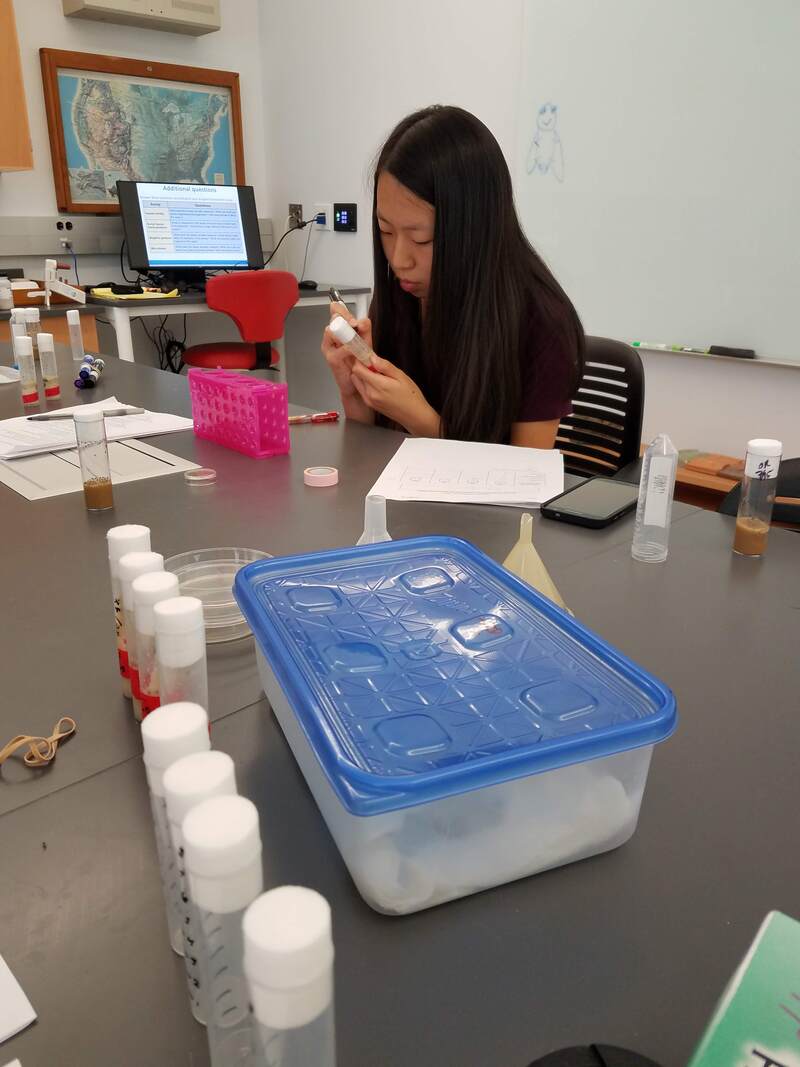

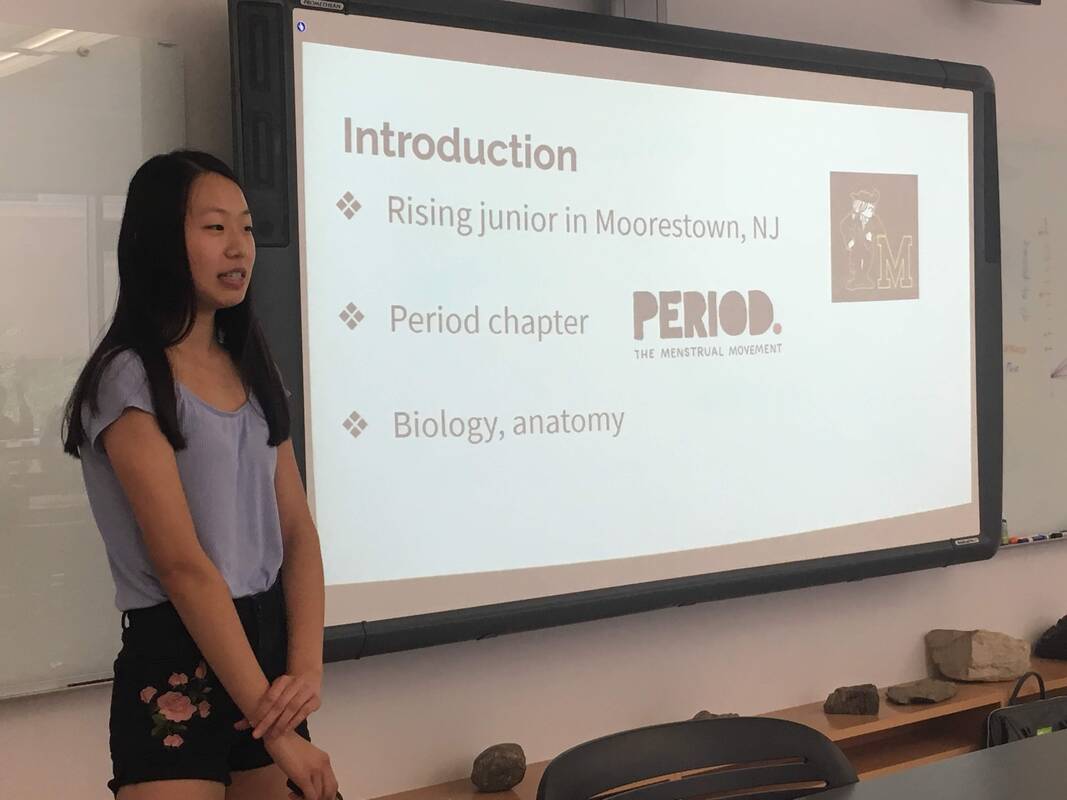

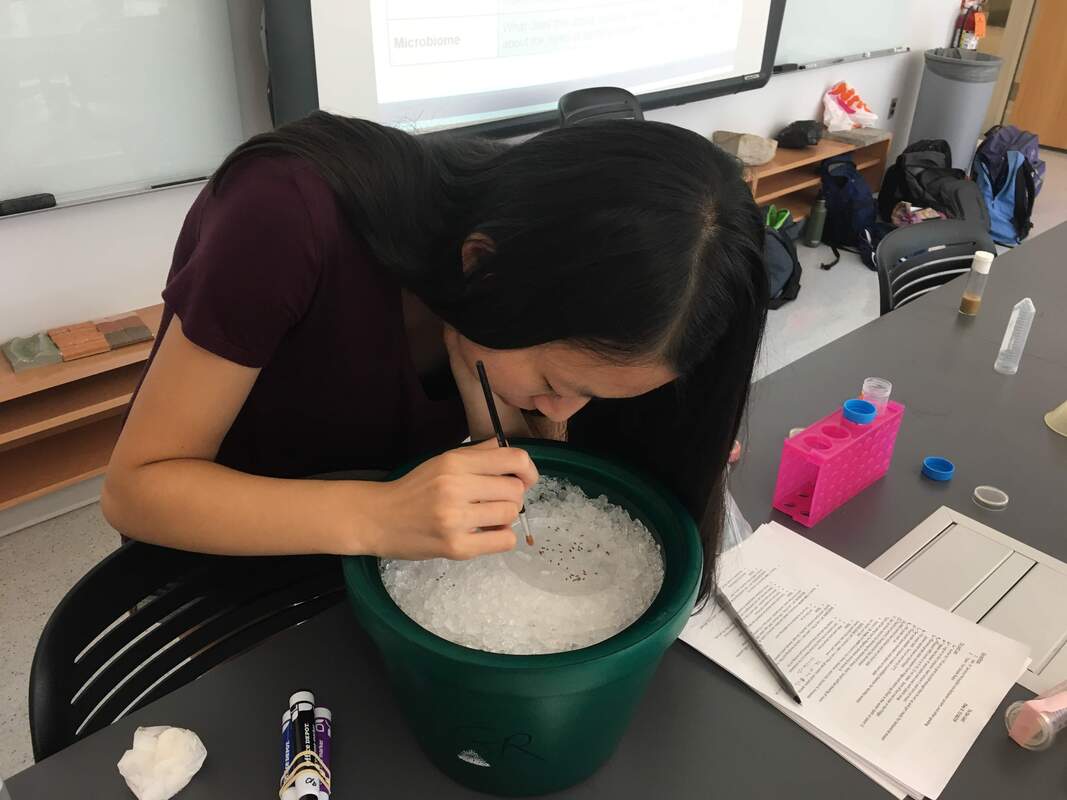
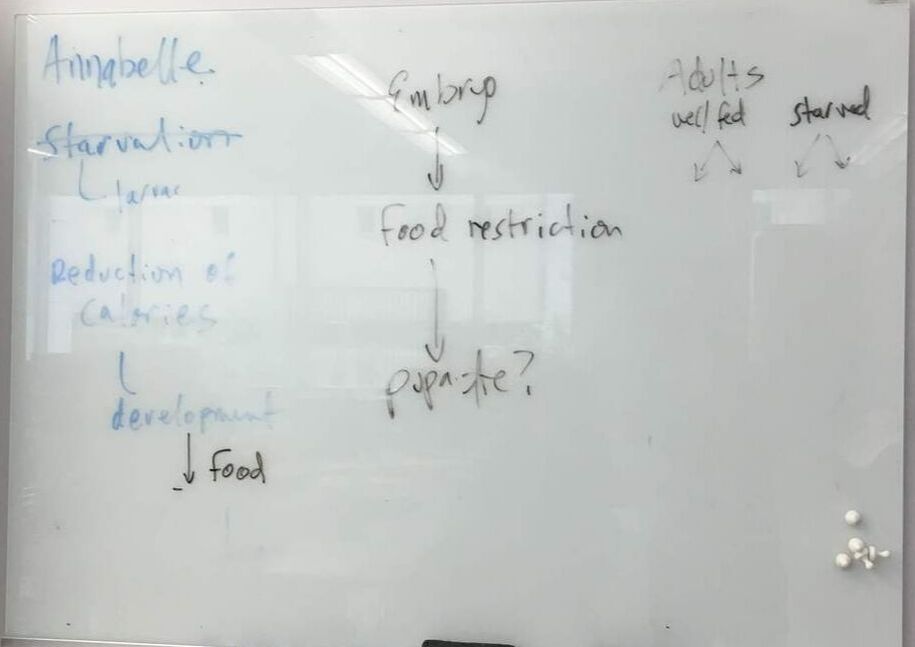
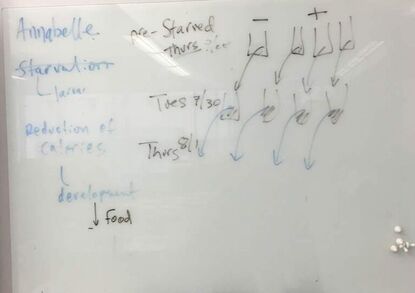


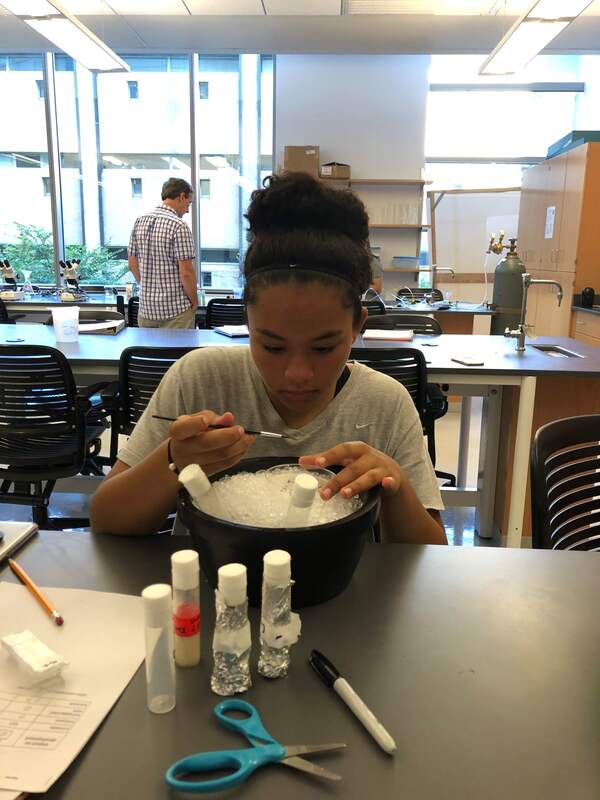


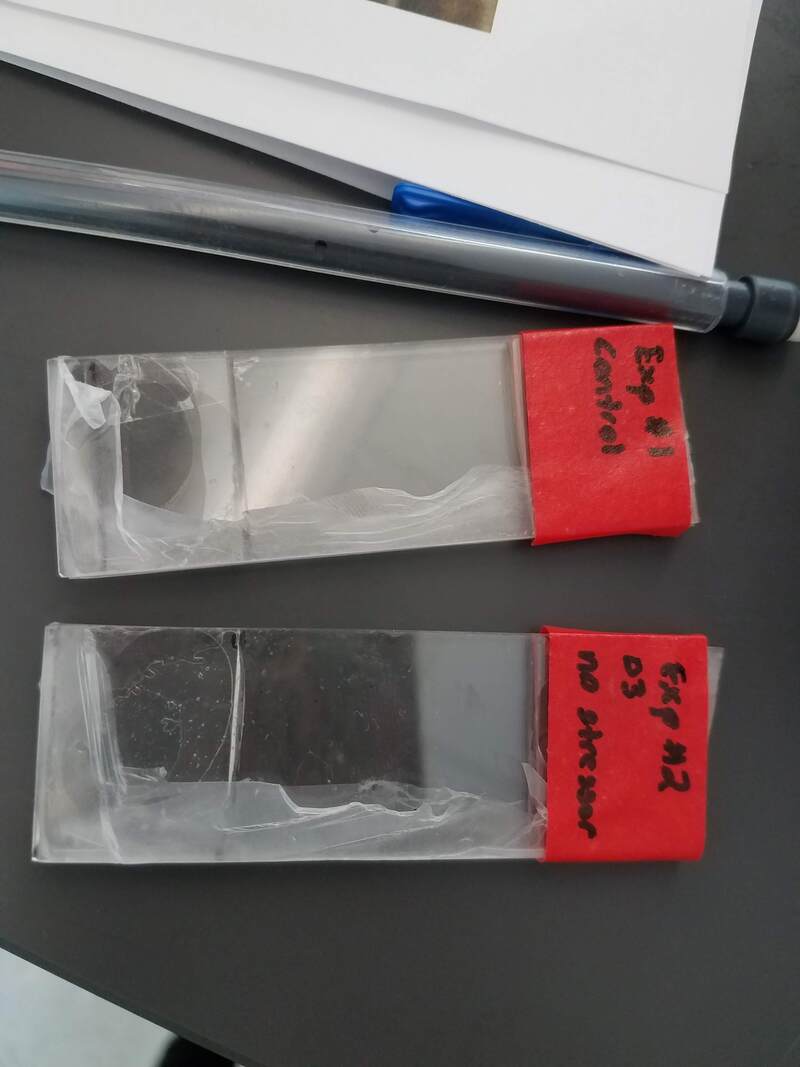
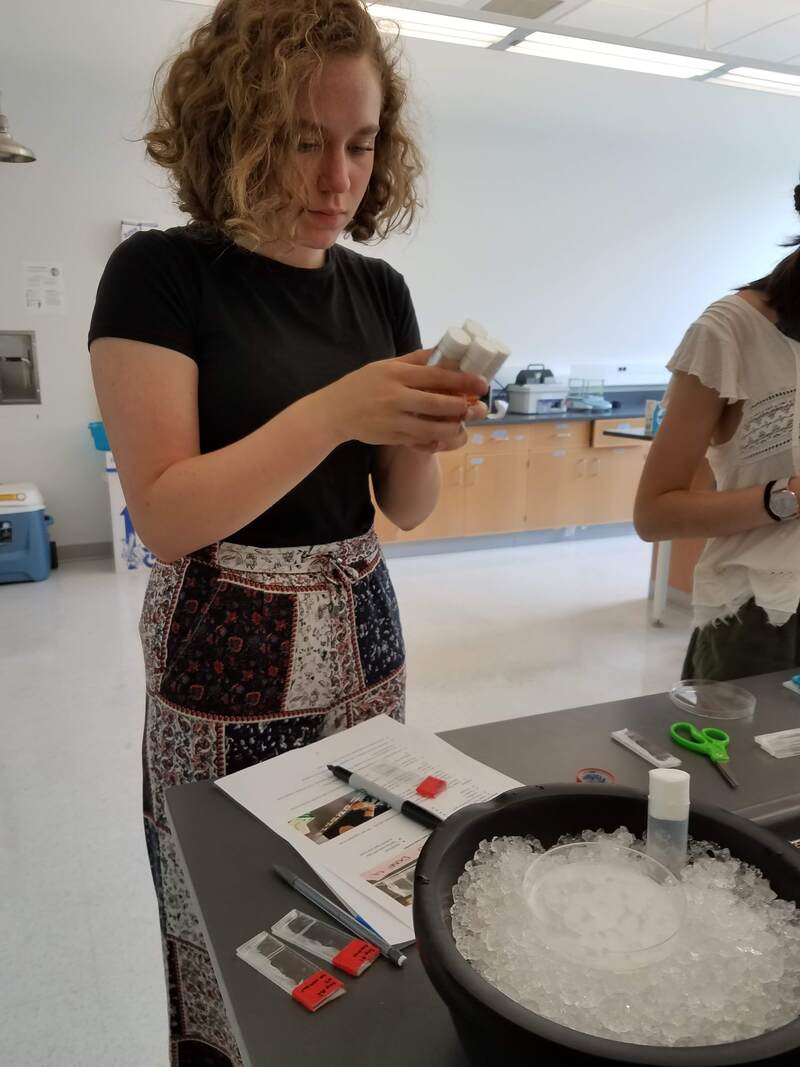
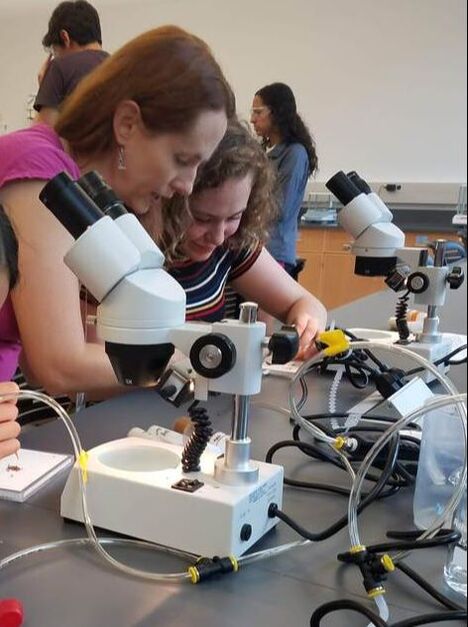


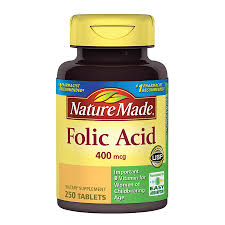
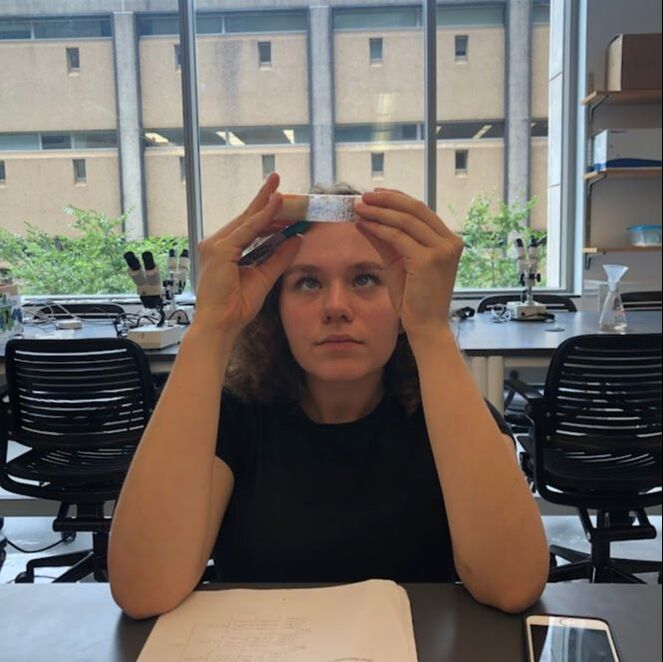
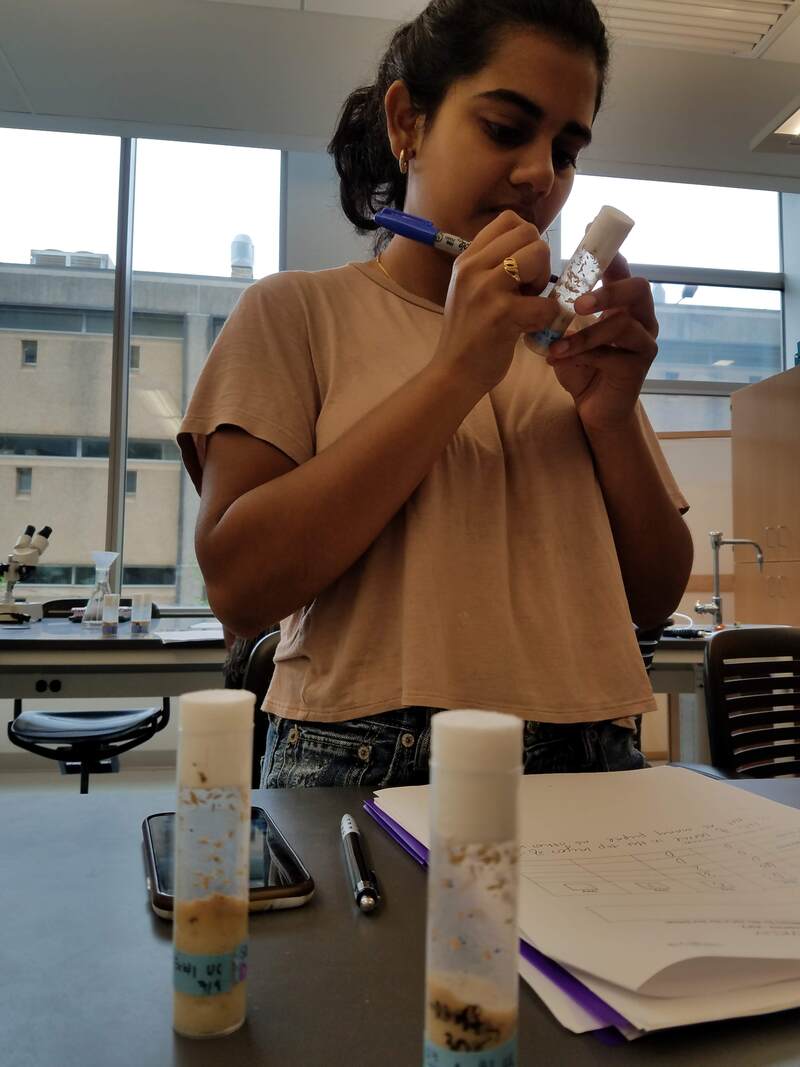
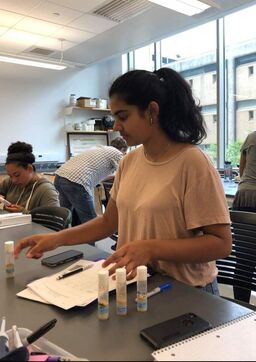

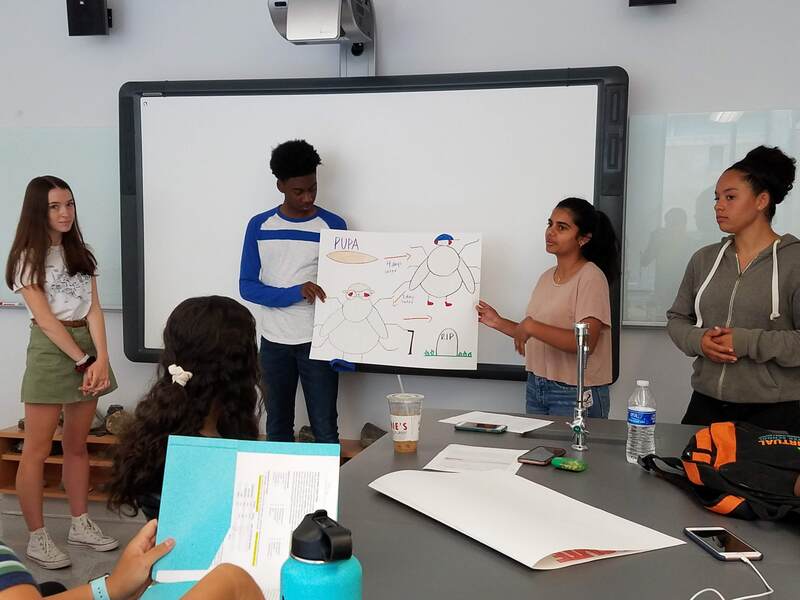


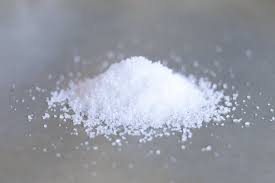

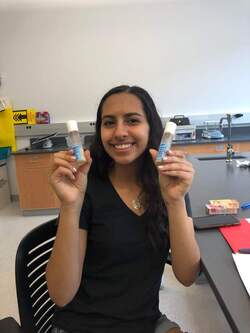
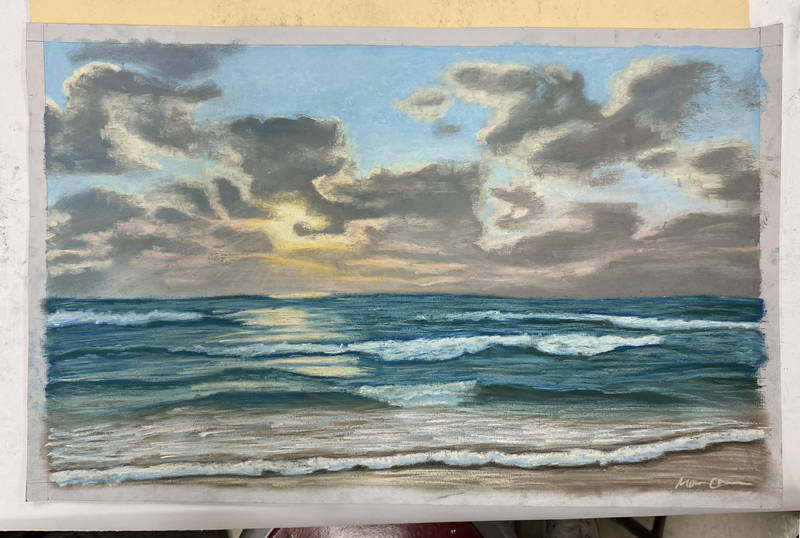


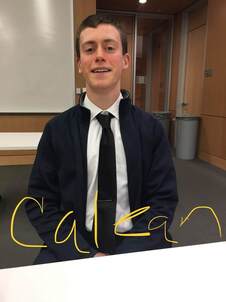


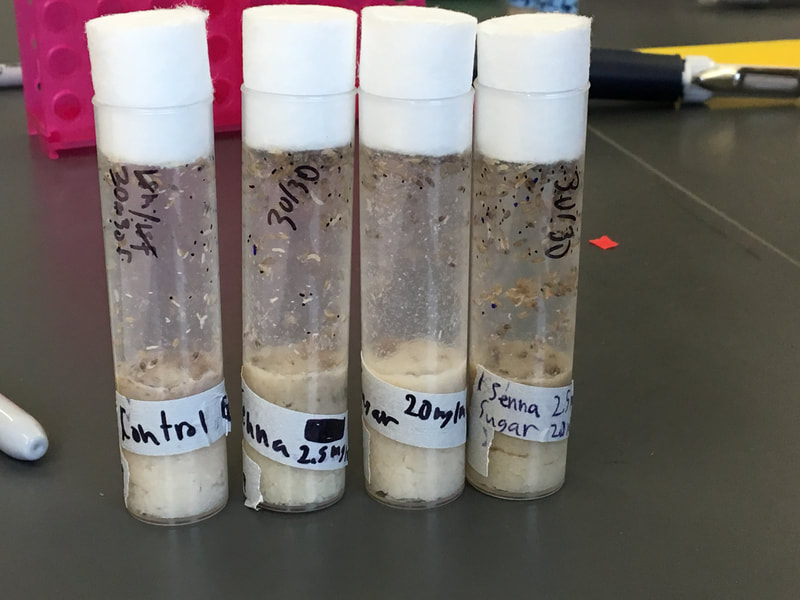
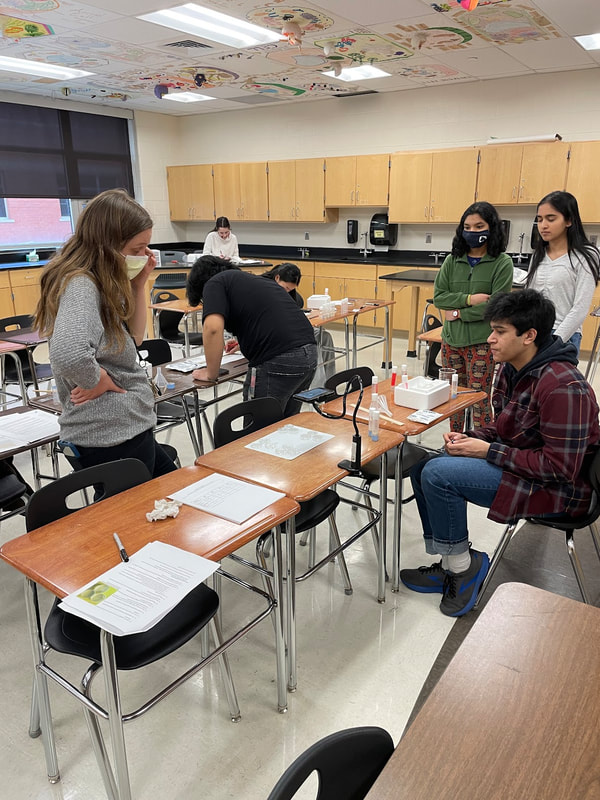




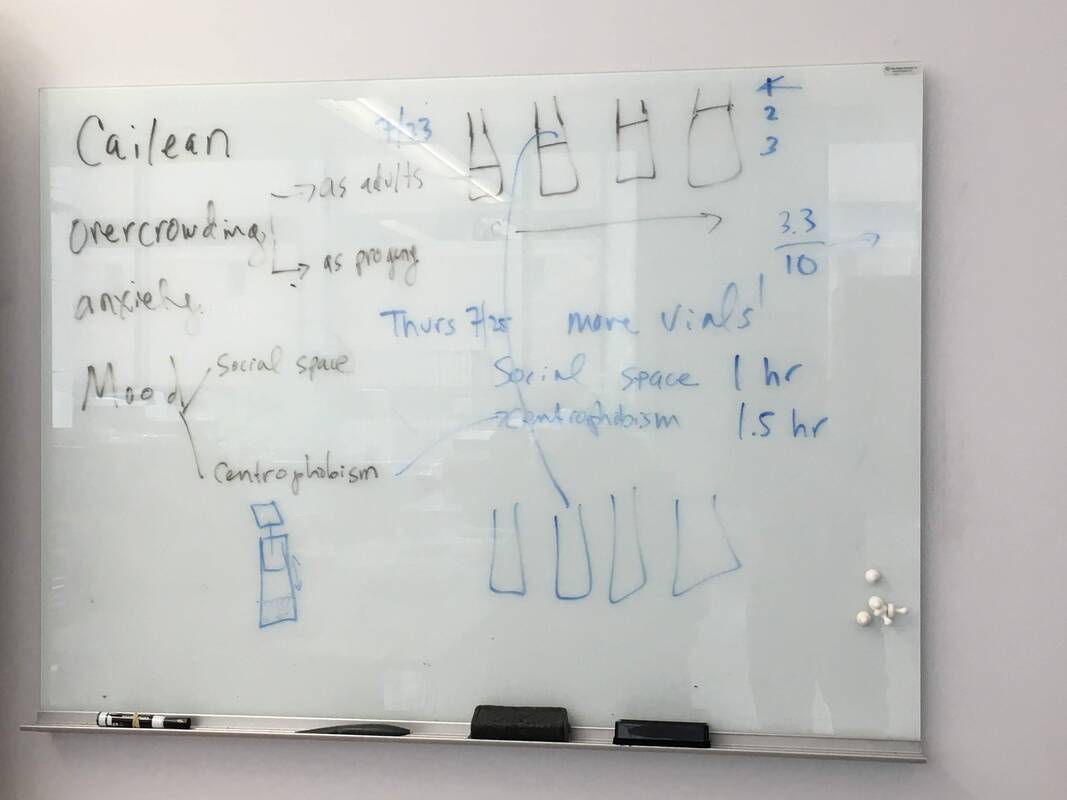


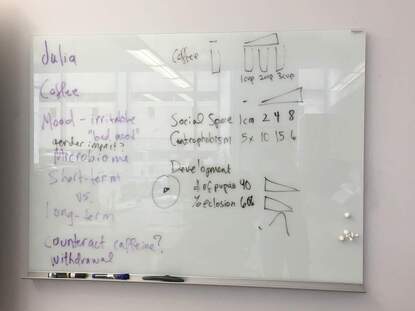

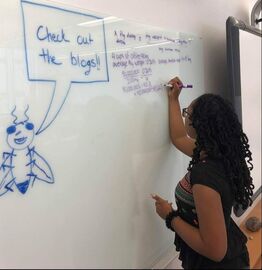


 RSS Feed
RSS Feed